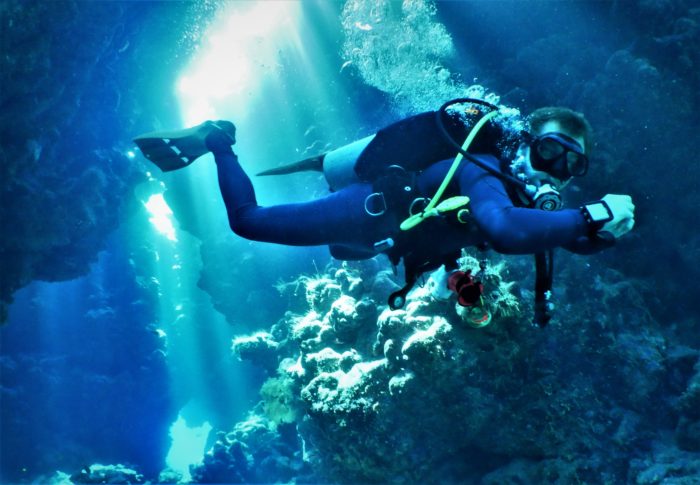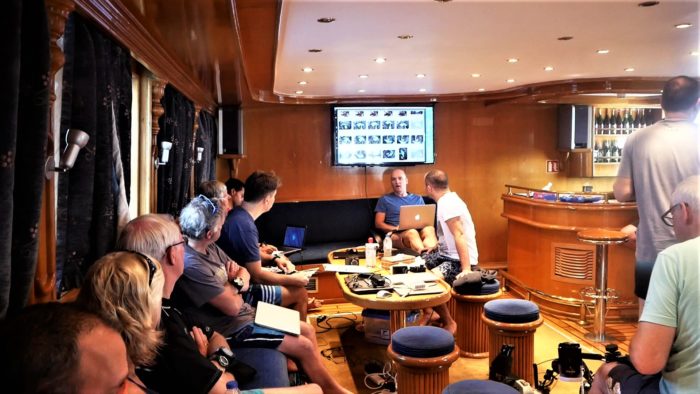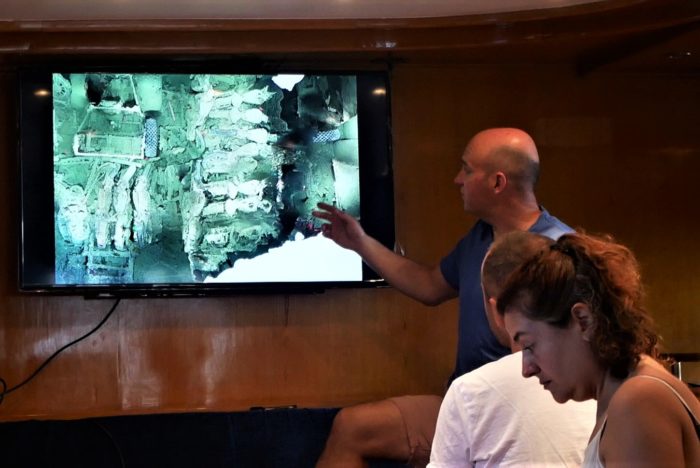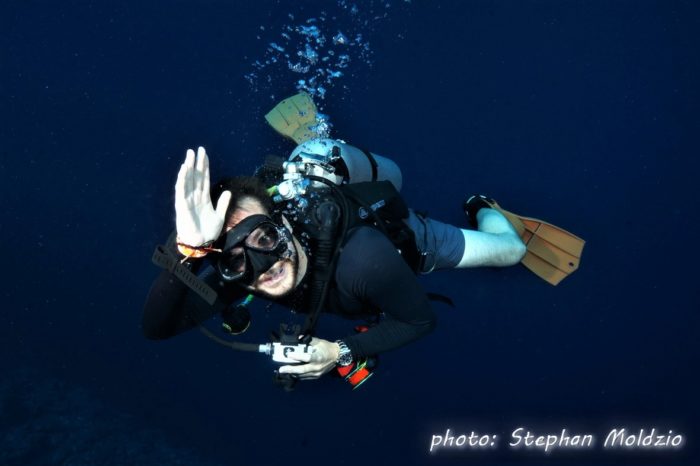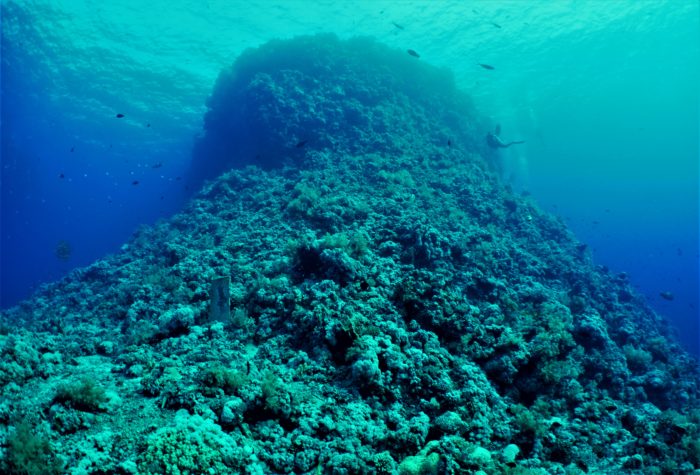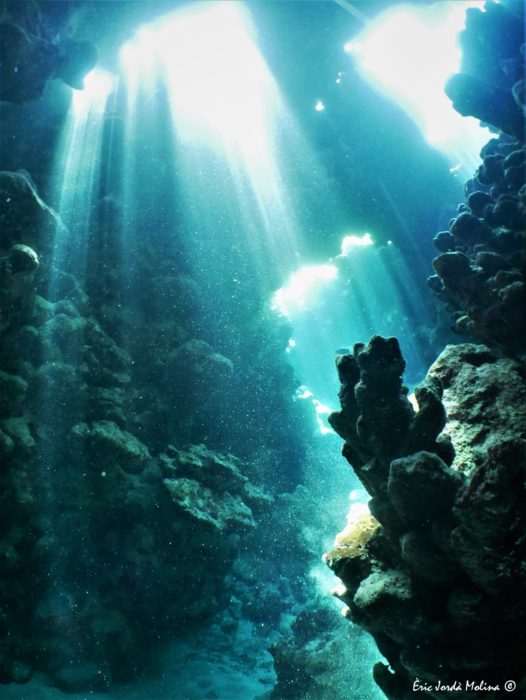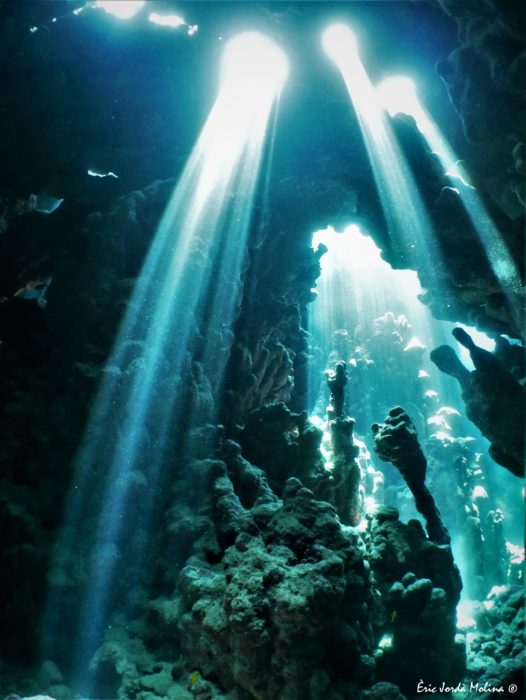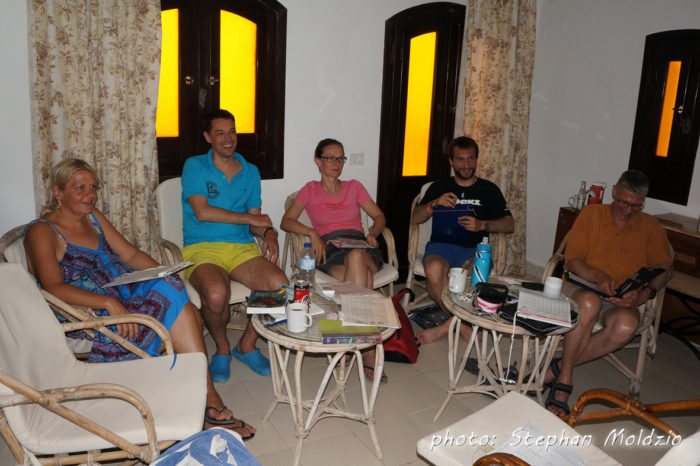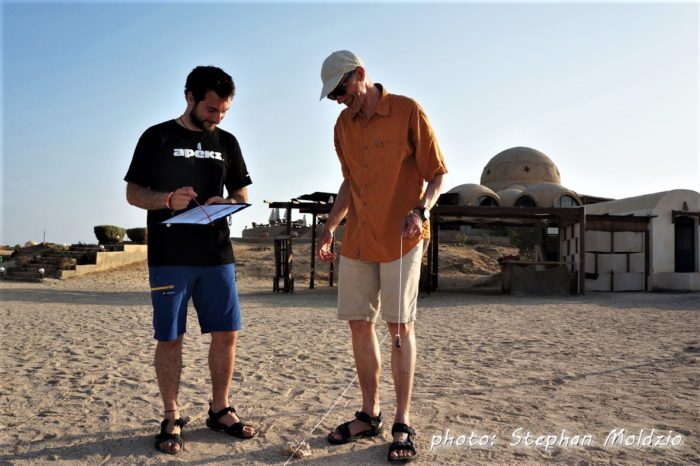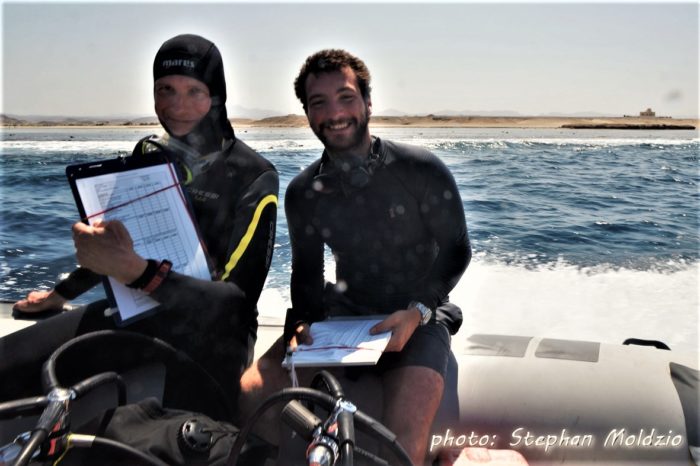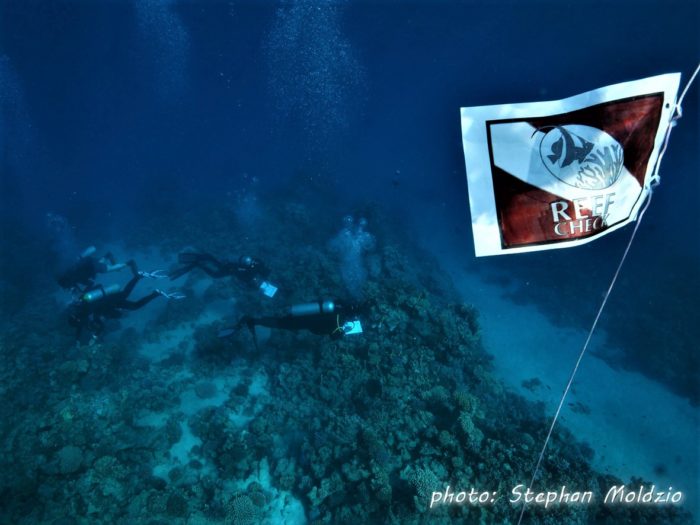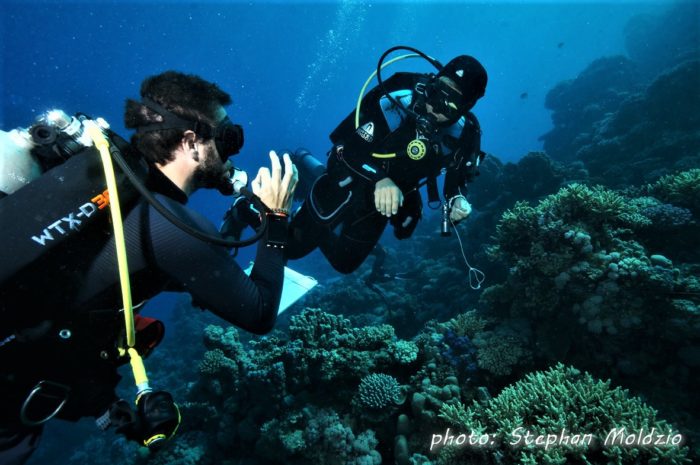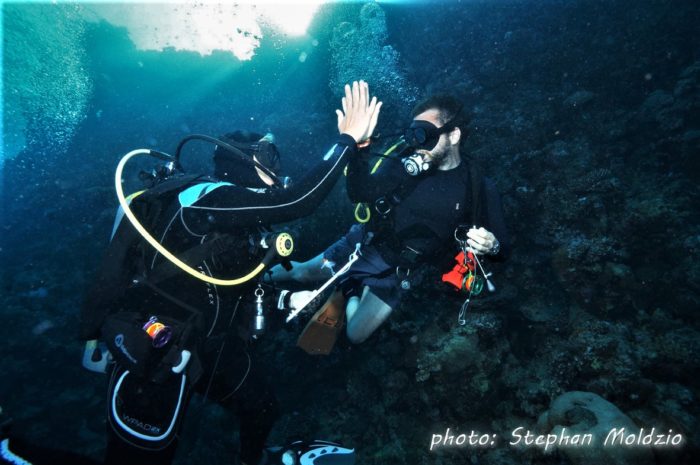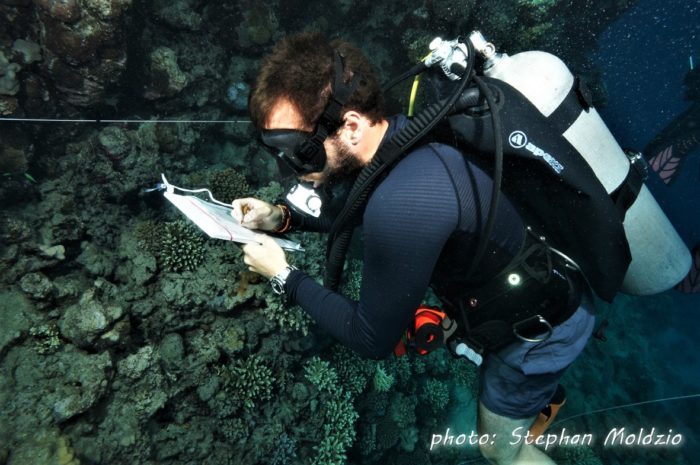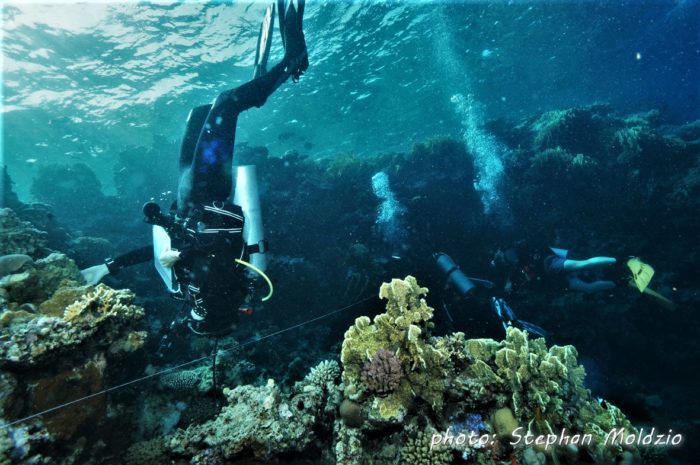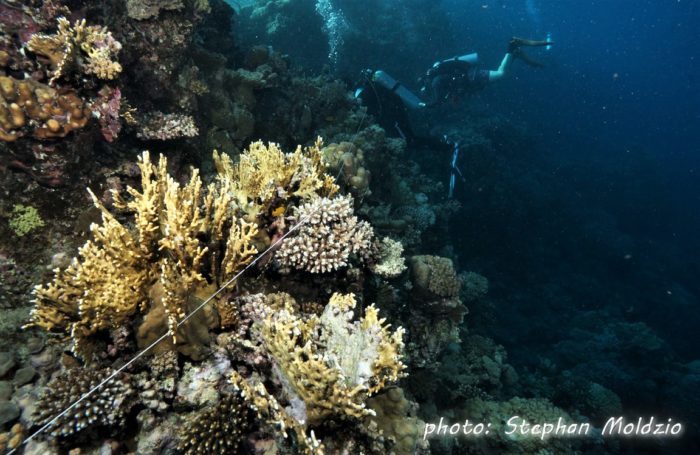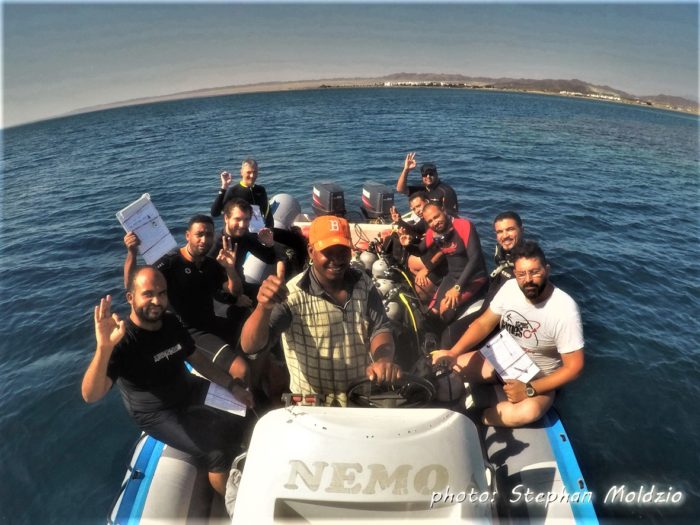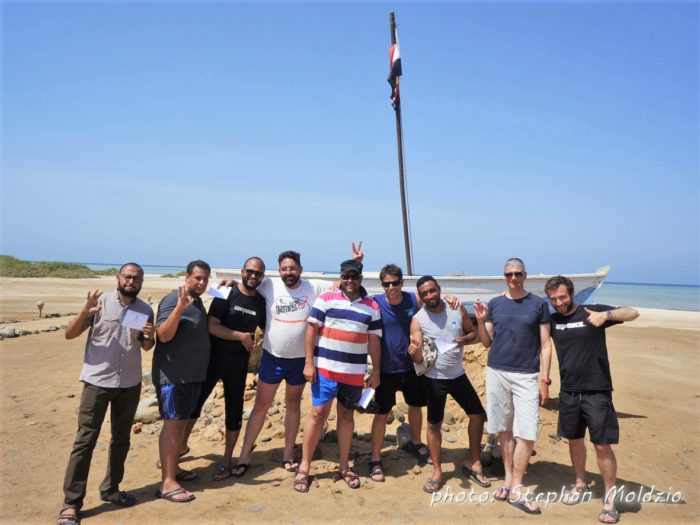Underwater Photography Workshop with Alex Mustard! Developing my skills in photography
My month of July could not have started any better. I headed to the land of the pharaohs and pyramids: Egypt. In the coastal city of Hurgada I met with the world-wide known and extensively awarded underwater photographer Alex Mustard. Alex organised a 7 day underwater photography workshop in the Red Sea with people from all over the world! This was a mind-blowing experience where I got to try out the new photography equipment that Reef Photo & Video, Nauticam and Light & Motion provided me with for the scholarship year. Although I was completely inexperienced in underwater photography, Alex and the other participants helped me to develop my photographic skills, and slowly but steadily I started to get the hang of it. This workshop was extremely inspiring since Alex pushed us all to help each other during all the photographic process (from finding and identifying the subjects to shoot at, to modelling for each other and giving advice during the post-processing of the pictures). It was a no-competition philosophy workshop where everyone tried to exploit their most creative side and which made the learning curve extremely effective.
Alex showed us the techniques that he uses to capture the wonders of the ocean and he pointed at the characteristics that makes a picture memorable to the public. While talking to him he explained to me that currently where the oceans are threatened by many different impacts it is important not only to take the sad and depressing pictures depicting the degraded environment, but also to present the audience with celebratory images showing the marvels that the oceans are hiding beneath the surface. This way people know what is at stake and it may increase awareness for protecting and preserving the oceans.
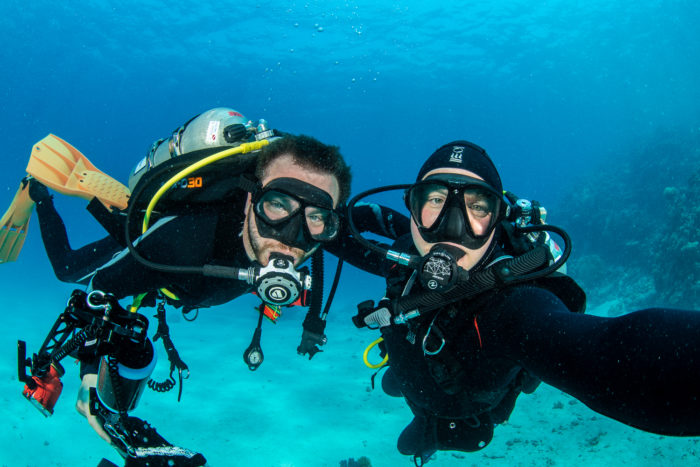
Some of the highlights of the trip on board MY Whirlwind were the wreck sites the including the SS Thistlegorm, an impressive sunken boat at around 18-30m full of military vehicles like motorbikes and trucks from the WWII. Alex seemed to know every single corner of the wreck and he showed us the best angles and places to take our pictures.
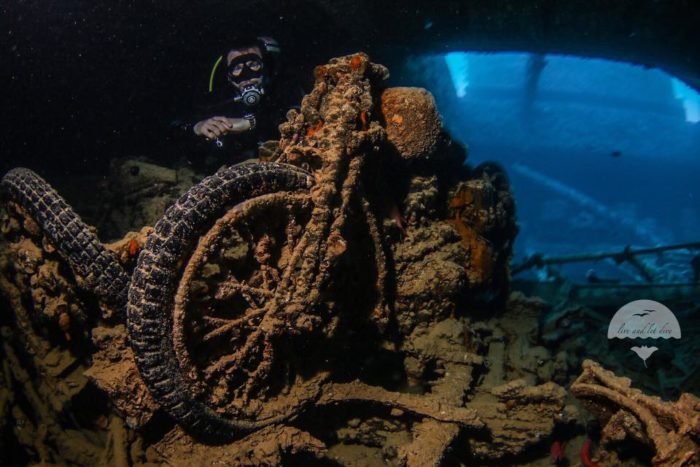
This was my first time diving in the Red Sea and it totally blew my mind. After seeing turtles, anemones with astonishing clown fishes, soft-coral gardens and thousands of different colourful fishes, now I understand why the clear waters of this sea attracts so many people from all over the world to discover its secrets.
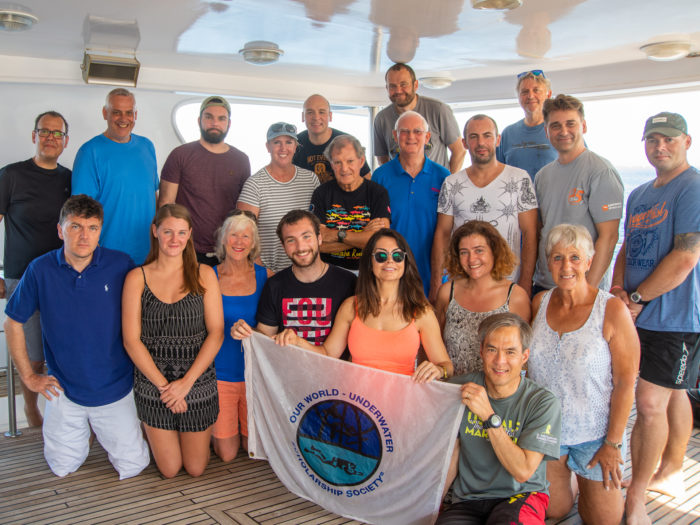
I want to thank you once more Alex for this incredible opportunity, ScubaTravel and the Tornado Marine Fleet. A special thank to Adel and Annette, our two dive guides during the trip which took care of us all the time and also a big thank you to all the crew from the MY Whirlwind that assisted us.
Reef Check Eco Diver course and diving with the Red Sea Diving Safari: Discovering the southern Red Sea and conducting citizen science
My background in marine science has allowed me to understand how big and complex the oceans can be. This fact makes the study of the big blue sometimes challenging, for example due to the lack of resources and time to go sampling. But what if instead of having only a few scientists going out in the field to do the observations we had thousands of divers all over the world conducting observations every time they went into the water? Then the possibilities to make huge studies covering large areas and time scales would increase exponentially. This is what we call “citizen science” and it is the reason why I headed to the southern Red Sea after the photography workshop with Alex Mustard.
I crossed the desert landscapes bordering the coast of the Red Sea from Hurghada to Marsa Shagra, passing by small villages and coming across a camel here and there. In Marsa Shagra Sarah O’Gorman was waiting for me. Sarah is the marketing manager of Red Sea Diving Safari, an Egyptian company with three villages in the Southern Red Sea. She offered for me to spend two weeks between their three villages: Marsa Shagra (the northern-most), Marsa Nakari and Wadi-Lahami (southern-most).
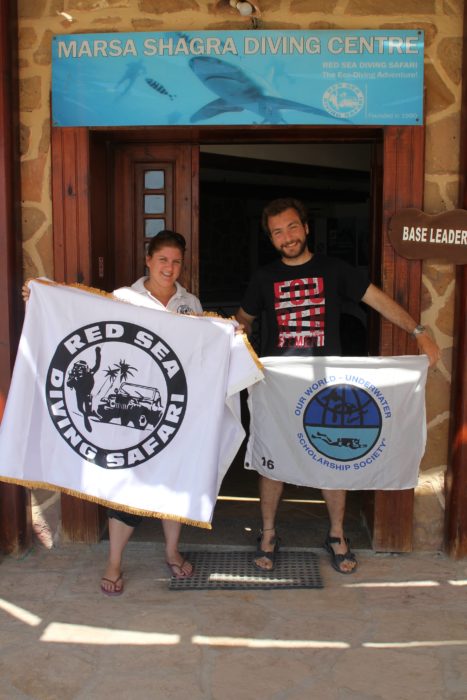
I spent my first week in Marsa Shagra. This Eco-friendly diving resort completely changed my view towards the concept that I had about coastal resorts. When we think about big resorts it usually comes to our mind a place crowded with tourists, laying in hammocks 24/7, with all-inclusive bracelets whose main routine is going from the bar to the beach and from the beach to the bar. But nothing further from this is what I found in Marsa Shagra. This lovely small resort was especially designed for active divers and snorkelers who wanted to live (let’s say) 12 hours underwater and 12 hours dry (with the sleeping time included in the 12 hours dry, of course!). It was amazing to see all kinds of people (from families with young kids, to old couples, passing through all generations) really motivated to go diving as much as possible and enjoying the underwater world. The super-well-organized diving side of the resort allowed people to go diving in the house reef of Marsa Shagra anytime from 6:00am to 8:00pm! You only needed to gear up, find a buddy, put your name and diving time in the board, walk 5 meters and get into the water! Easy peasy! And also, you could get dropped off in the outer part of the house reef by the dingy. The whole day the house reef was busy with divers. One of the most fun parts was meeting people to buddy up with. This made the diving experience very social and allowed me to get to know people very fast.
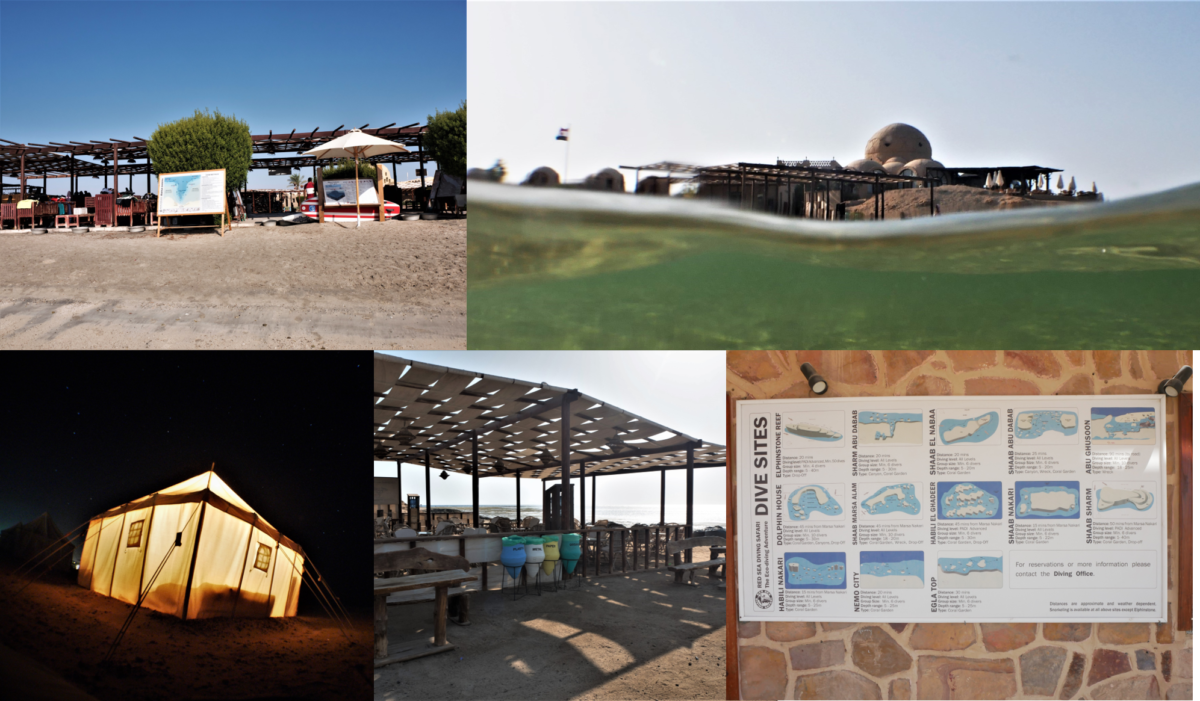
The house reef was very well preserved and was inhabited by all kinds of fishes: butterfly fishes, parrot fishes, groupers, snappers, wrasses, sweetlips, anthias, surgeonfishes… This in part was due to the eagerness of the resort to protect its reef. In fact, there was only one entrance for all divers and snorkelers through a sand flat, but any steps along the reef were explicitly forbidden! I loved this concept of protection and I soon realised how important these kinds of policies were when I saw the huge amounts of people that were walking through the reefs in the neighbouring hotels each time we were passing through in front of them with the zodiac. Sarah explained me that the resort tried to minimize its impact as much as possible. For example, they had solar panels to provide the hotel with electricity during the day. One thing we didn’t lack for sure was sun!! They also had different containers around the facilities to sort out the trash, which made the recycling very easy, and they provided refillable bottles for the water. Also, the capacity and number of divers for Marsa Shagra and Marsa Nakari is in accordance with the maximum capacity that studies showed that the system could stand without significant changes, and thus, the number of rooms for each of the resorts is also limited by this fact.
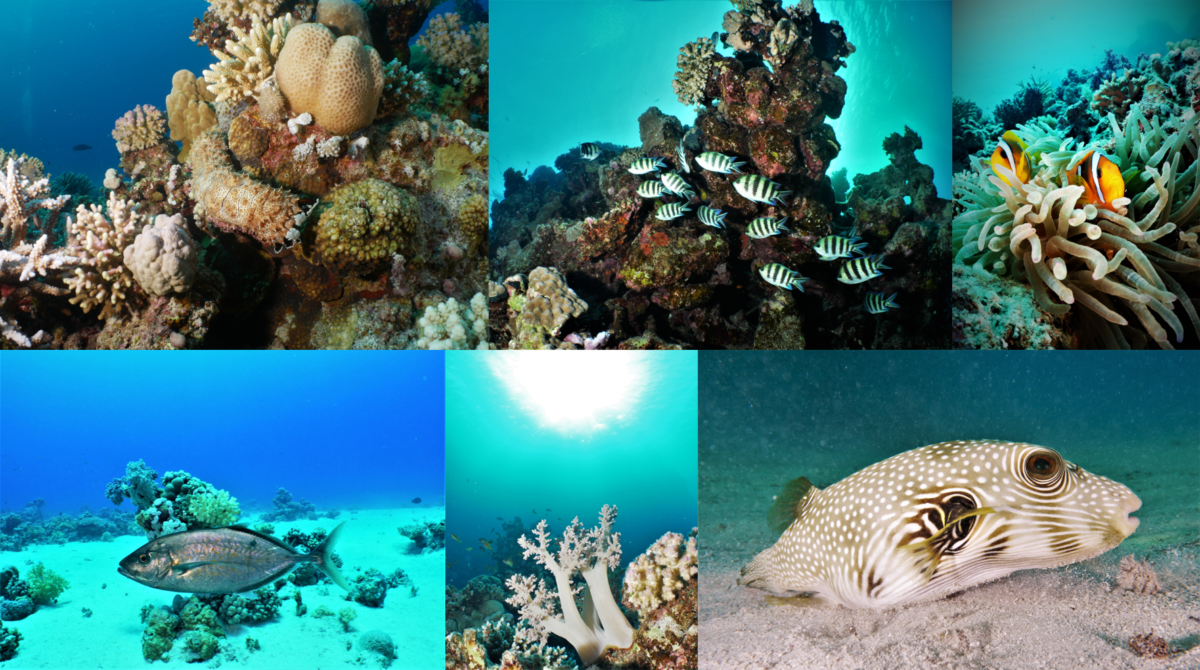
From Marsa Shagra I visited some of the top dive sites of the region. Elphinstone was one of them. This multilevel “shaab” is famous for congregating different species of sharks like oceanics and white tips. The first two times I went diving there with my photography equipment I was not lucky to see any, but the third time I saw an oceanic and a thresher shark. Apparently, they didn’t like me to have the camera since that time I didn’t have with me anything to document my first encounter with sharks! Now I know, if I want to see sharks, the camera stays at home!
Another diving site I visited was the Long Canyon (Shaab Abu Dabab). This was a mind-blowing dive site where the guide took us along an intricate system of shallow crevasses and tunnels in which strong beams of light were dancing with amazing power and gave me the feeling of being in a submarine cathedral. It was just beautiful.
After some days of diving, I met with the participants of the Eco Diver Reef Check course that I was going to participate in (Gottfried, Elke, Katrin and Rainer) and with the scientist leader, Stephan Moldzio. Reef Check is the largest reef monitoring organisation where volunteer divers lead by marine scientists learn to collect scientific data about the health status of coral reefs. It was founded in 1997 by Dr. Gregor Hodgson and the reef check protocol serves as a standardised method especially designed to detect human impacts including (overfishing, coral damage, eutrophication, marine debris and coral bleaching among others). Reef Check has an international database which includes more than 13,000 sets of survey data from more than 5000 reefs all over the world (as of July 2018). Many of these are surveyed on a regular basis, so as some selected reef sites around all three villages of Red Sea Diving Safari. In 2009, Stephan Moldzio together with Red Sea Diving Safari initiated a reef monitoring program to conduct annual surveys of its most important dive sites. One of our goals during the Reef Check course was conducting 5 full surveys, each along 2 depth contours in all three villages.
During the first days of the course, Stephan introduced us to the methodology of Reef Check and showed us some global results obtained so far from this initiative, the major human threats to coral reefs, as well as an overview of the last global coral bleaching event, which was the longest and most devastating Coral Bleaching event in history so far. By the way, the Red Sea is among the healthiest coral reef areas in the world. The philosophy behind this monitoring effort is what we call “citizen science”. A scientist leader, like Stephan, trains volunteer divers in the methodology and procedures to collect the data and then all surveys are conducted with the help of this volunteer divers. One advantage of this sampling method is that it is simple to learn that anyone can do it. You don’t need to be a marine biologist to help monitoring reefs! You only need a three-day training course like we did.
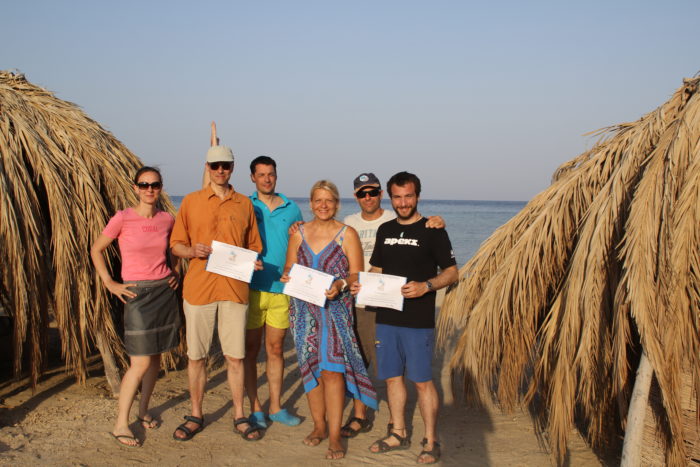
![]()
During the course we had different training sessions for fish ID, invertebrate ID and substrate ID. It was a lot of fun to learn all the underwater hand-signs and these training sessions really gave me a good insight in the coral biology of the Red Sea, which so far, I was not familiar with. After the training dive sessions, we went through an exam for each of the sections and finally, we did a beach exercise and a trial survey underwater, which made us ready for the real work!
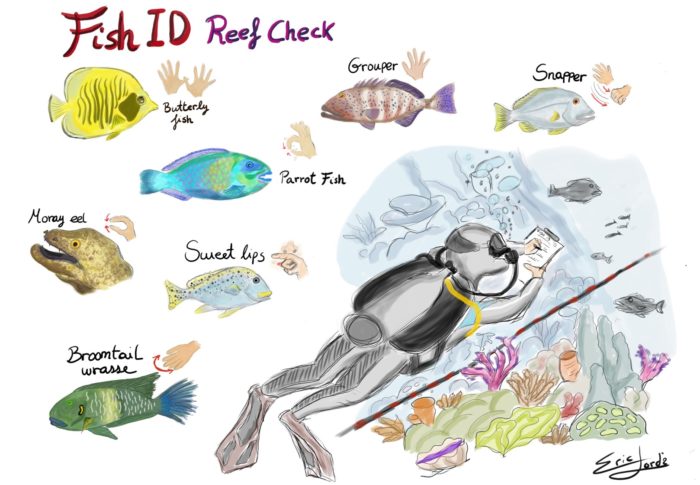
Our first survey was in Marsa Egla. This region is known to be fished regularly, thus, we did not count many large fishes, but found quite lots of fishing lines entangled in the reef!
After this survey, Stephan, Katrin, Reinar and me headed south to Marsa Nakari, the second village of Red Sea Diving Safari, were we conducted 2 surveys in the house reef. At Marsa Nakari north. Just to give an example, we found 7,5 times more groupers and 9,5 times more snappers than in Marsa Egla and this “snapshot result” reflects the findings of previous surveys in the past years. In Nakari we also did some dives in Habili el Ghadeer, a very nice dive site with splendorous soft corals. We also saw a group of around 50 spinner dolphins on the way from the boat. It was truly wonderful!
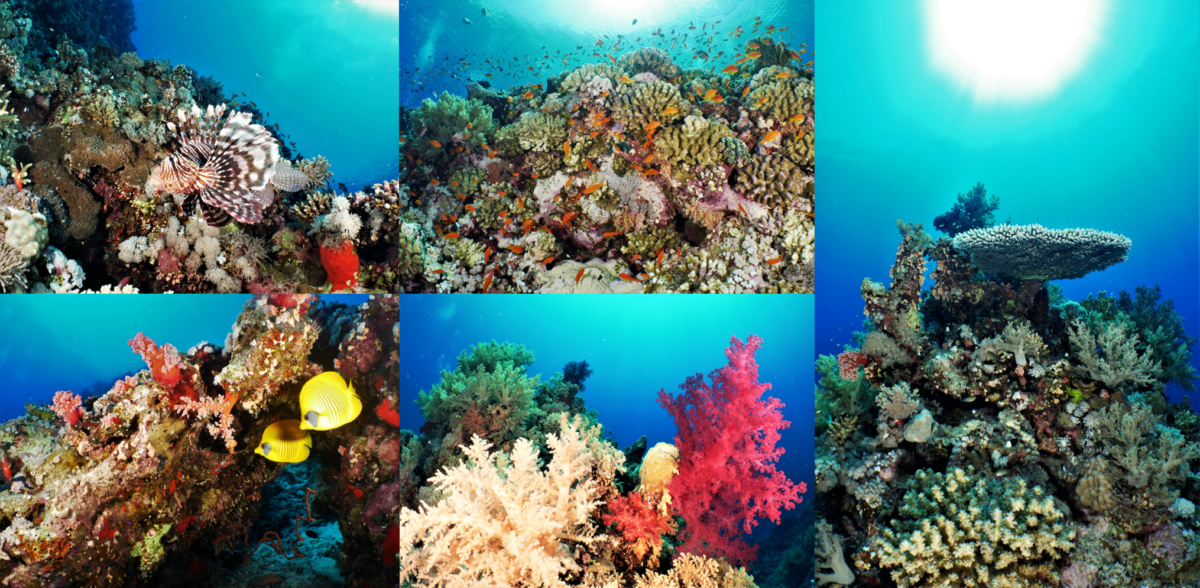
Our last destination was Wadi Lahami, almost located at the border with Sudan. In Lahami we met with a group of rangers from the Marine Protectorates of Egypt that took part in a second Reef Check course with Stephan. All together we conducted the last survey from this village. It was very inspiring to see that the rangers were now going to apply this same monitoring method within their regular work. The rangers were really determined to protect and preserve their reefs since they know that conserving healthy coral reefs is a critical thing for the country, plus a lot of income for the eastern part of the country comes from the diving industry.
In Lahami we had some memorable dives, including a night dive in Torfa were we encountered a curious Dugong that followed us in the darkness for around 15 minutes. We only have a not so good picture for proof, but any picture would not describe enough the feeling I experienced while seeing this extraordinary creature appearing and disappearing in the black waters of the Red Sea.
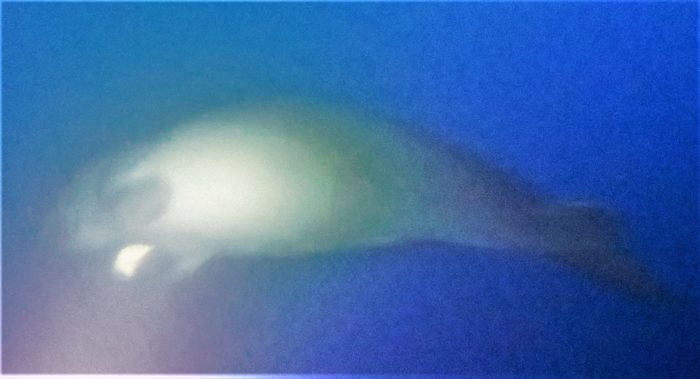
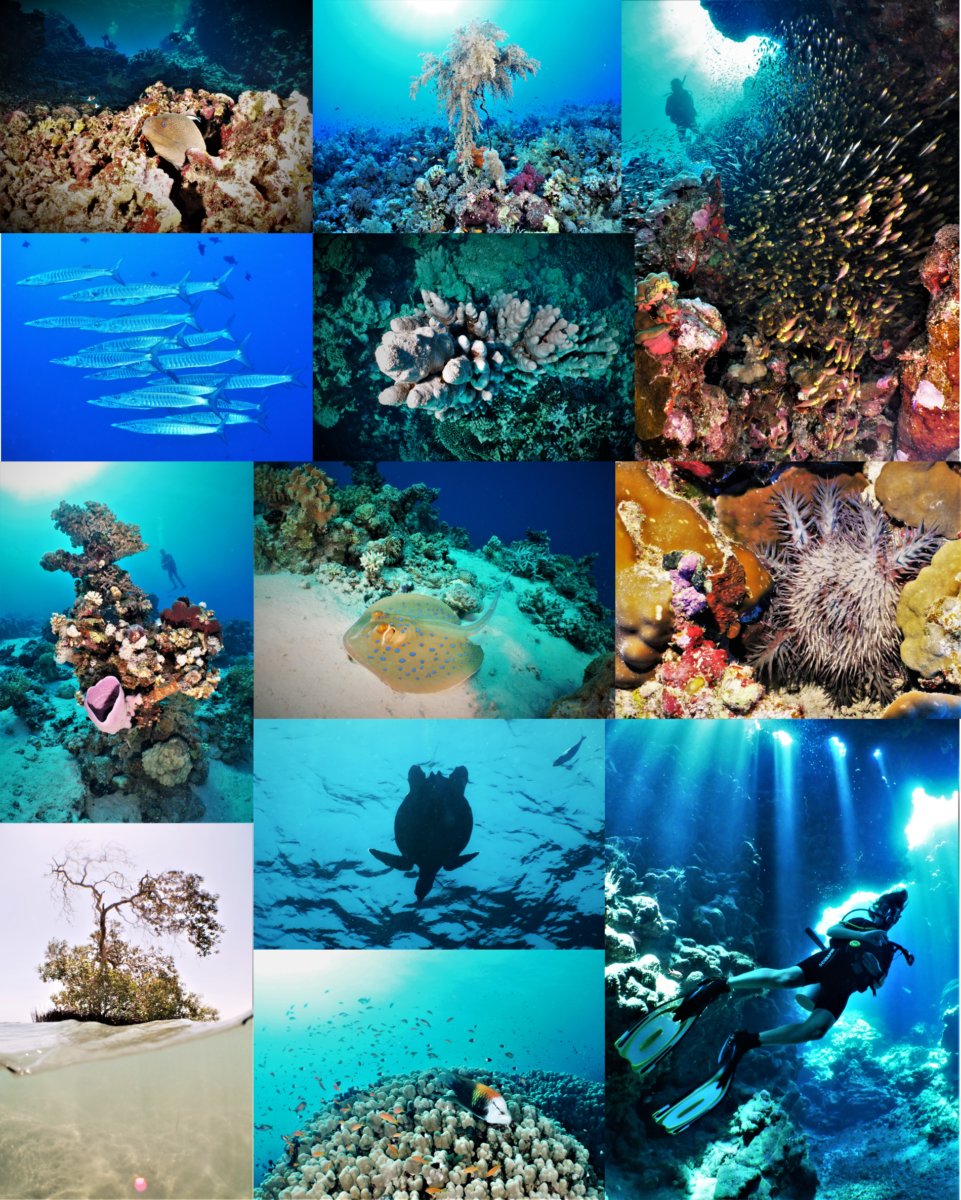
After 37 dives in 13 days around the Southern Red Sea I still can’t believe all the things I’ve seen and discovered about the underwater world of this region. This is an incredible place where divers come to experience some of the most wonderful reefs and marine fauna on earth! Now I realise how important seeing is in order to inspire caring. Who would not care about these extraordinary living structures created by mother earth supporting plentiful forms of life! Healthy corals, healthy oceans, healthy planet!
I want to say an extremely HUGE thank you to Red Sea Diving Safari for having offered me this incredible experience, for staying in their three wonderful resorts and for all the diving they have provided me with. It has been an immense pleasure to visit you and to have had you as hosts! Also, a very big thank you to marine biologist Stephan Moldzio for offering me the chance to join the Reef Check Eco Diver course and to let me participate in the 5 Reef Check surveys we have conducted during these days! I have learned lots about the biology of the Red Sea with you and it has been really fun and interesting! Hope to join more surveys in the future! Also, I would like to thank my buddies and participants of the Reef Check course, Katrin, Rainer, Gottfried and Elke. It has been a pleasure meeting you and enjoying your company during this adventure. I want to thank also all the staff from Red Sea Diving Safari and all the dive guides that took us to some of the most beautiful dive sites I have ever been in! Shukran!
Finally, thank you to ROLEX, the Our World Underwater Scholarship Society, Fourth Element, APEKS, SUUNTO, Reef Photo and Video, Nauticam, Light and Motion and DAN for having supported me in this unique experience!
